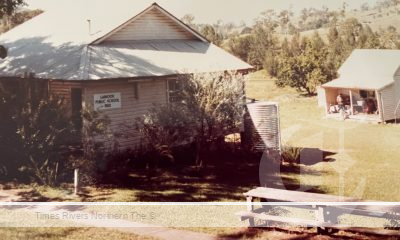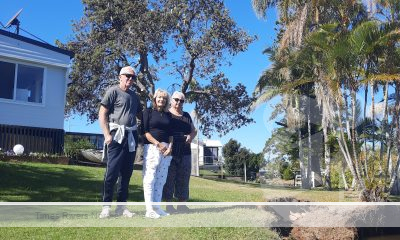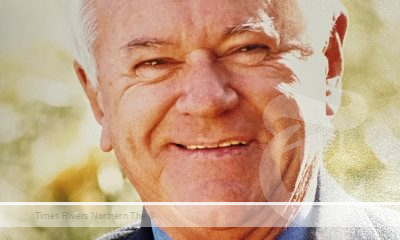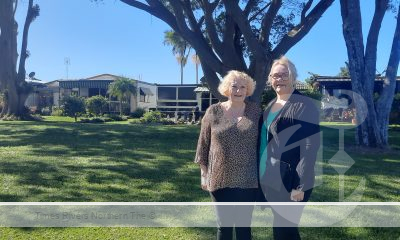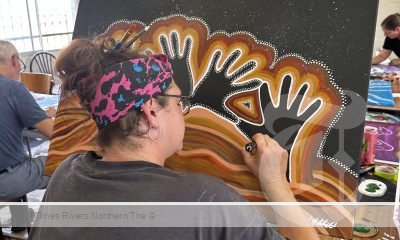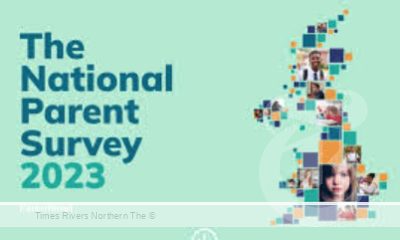Discovery could inspire new way to detect brain abnormalities
Scientists have taken a promising step towards a new generation of accurate, affordable and portable devices to detect concussion, epilepsy and dementia.
The international research team developed a laser-based diamond sensor that can measure magnetic fields up to 10 times more precisely than standard techniques. Their results are published in Science Advances.
Their innovation could help improve on existing magnetic-field sensing techniques for mapping brain activity to identify disorders. With sufficient funding and collaboration with industry, the team say they could develop a proof-of-concept device using their new sensor within five years.
Advertisements

Concussion in sport has been in the spotlight recently with prominent athletes sharing their stories about the significant ramifications of head injuries sustained during their careers. Meanwhile, about 250,000 Australians live with epilepsy, while nearly 500,000 Australians have some form of dementia.
The research is also relevant to a range of sectors beyond healthcare including mining, where it could lead to improved mineral exploration applications.
The study was led by Fraunhofer Institute for Applied Solid State Physics (IAF) in Germany – one of the leading organisations for applied research in Europe – working with RMIT University experts in diamond sensing technology Professor Andrew Greentree, Professor Brant Gibson and Dr Marco Capelli.
What’s the scientific breakthrough?
Diamond is already used for sensing magnetic fields, where the amount of light that comes from quantum defects in the diamond changes with the strength of the magnetic field.
The problem with today’s approach is that most of that light is lost.
“Our breakthrough was to make a laser from the defects,” Greentree said.
“By collecting all the light – instead of just a small amount of it – we can detect the magnetic field 10 times more precisely with our sensor compared with current best practice.”
How would the portable brain imaging device work?
Today’s magnetoencephalography, or MEG, technology is very sensitive, but also bulky, expensive to install and needs to operate at ultra-cold temperatures with liquid helium and patients must remain still.
“Current MEG machines are huge devices, with dedicated facilities, and they require magnetic shielding around them as well,” Greentree said.
MEG technology based on the new diamond-laser sensor would be much smaller than today’s devices, would operate at room temperature and could be fitted to patients who can move around.
“We really want to have something that we can place on a patient’s head and we want them to be able to move around – and there’d be no need for expensive liquid helium to operate such a device,” Greentree said.
“With Alzheimer’s, you want to be able to monitor the progression of the disease and know the effect of any treatments. It’s similar with concussion, you want to be able to measure what’s happening in the brain after each knock.
“With this MEG technology we envisage, you might be able to pick up early-onset dementia.
“With epilepsy, you could find out where it’s occurring, and that would help you to better target interventions.”
Fraunhofer’s Dr Jan Jeske and Dr Felix Hahl were corresponding authors for this study, which also involved researchers at the National Institutes for Quantum and Radiological Science and Technology in Japan and The College of Staten Island in the United States.





 Tweed Shire News2 years ago
Tweed Shire News2 years ago
 Motoring News1 year ago
Motoring News1 year ago
 COVID-19 Northern Rivers News3 years ago
COVID-19 Northern Rivers News3 years ago
 COVID-19 Northern Rivers News3 years ago
COVID-19 Northern Rivers News3 years ago
 Northern Rivers Local News3 years ago
Northern Rivers Local News3 years ago
 Health News3 years ago
Health News3 years ago
 COVID-19 Northern Rivers News3 years ago
COVID-19 Northern Rivers News3 years ago
 NSW Breaking News3 years ago
NSW Breaking News3 years ago













